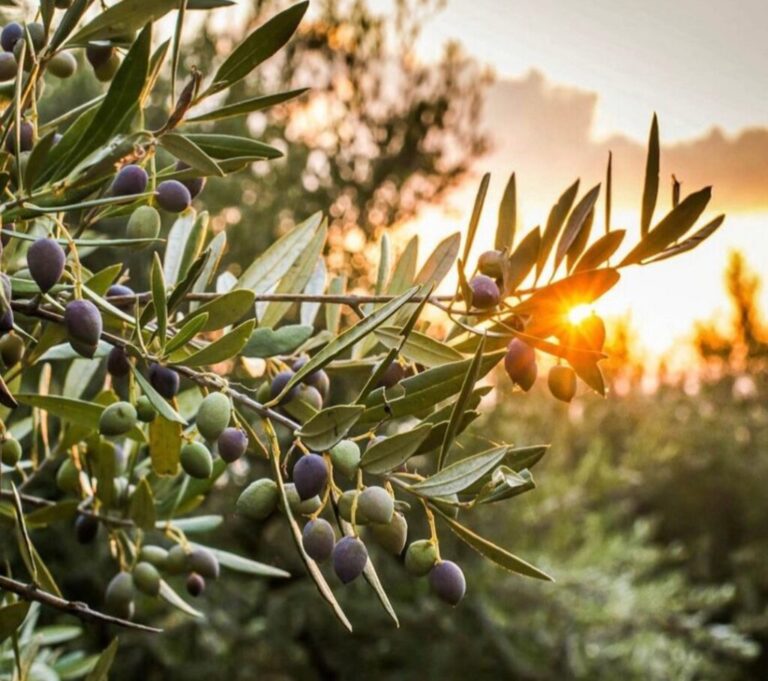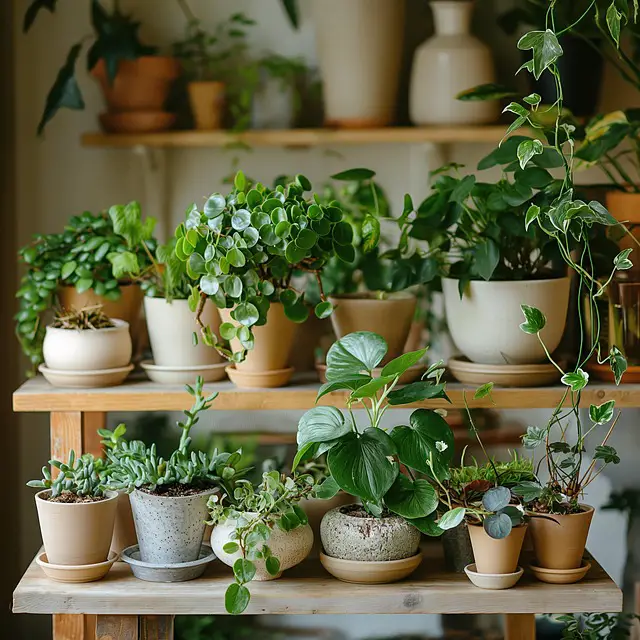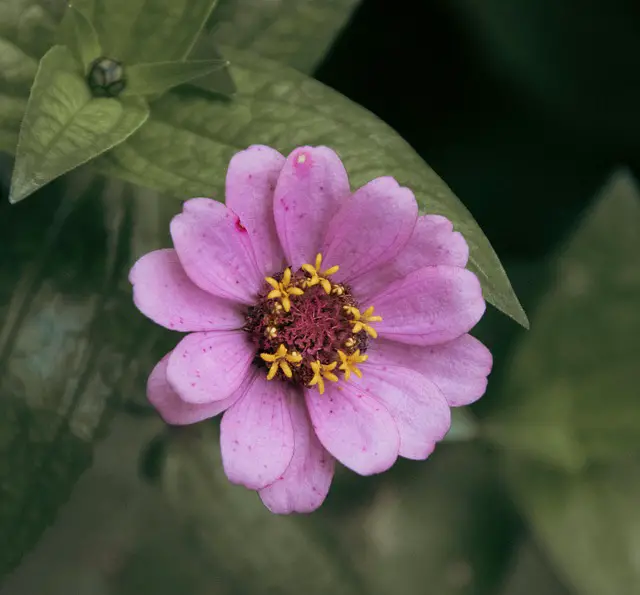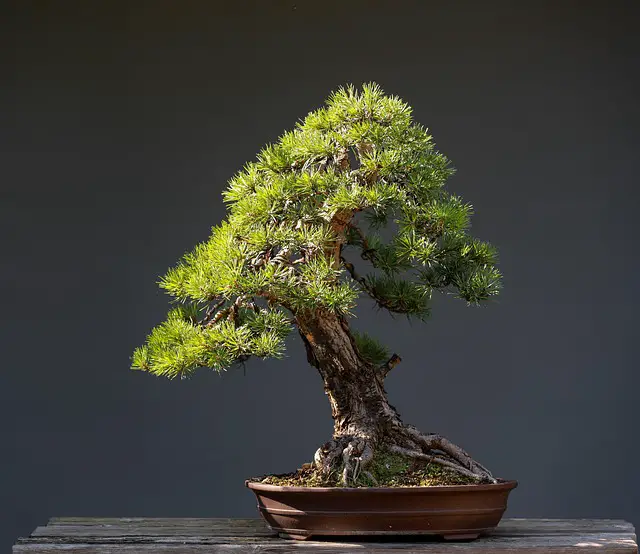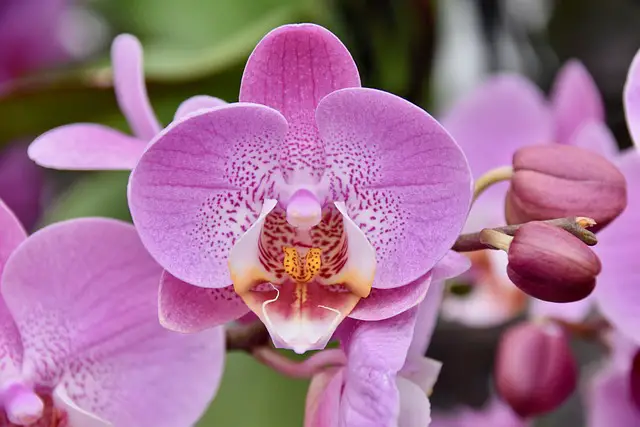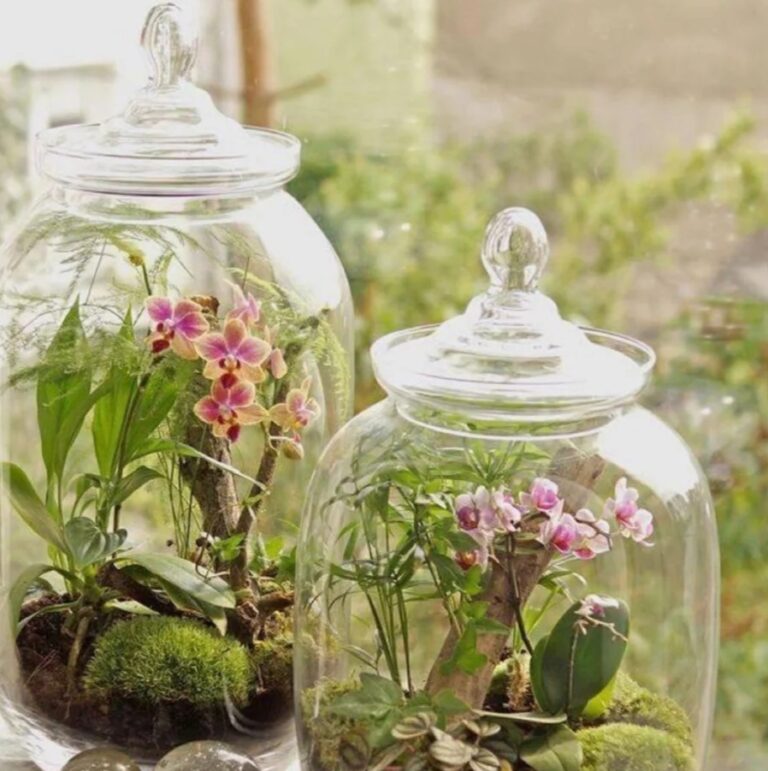The columbine flower is a timeless favourite among gardeners, celebrated for its delicate, nodding blossoms and vibrant array of colours that add elegance and charm to any garden. With its unique, spurred petals and feathery foliage, this perennial wildflower not only stands out visually but also attracts hummingbirds, bees, and butterflies, bringing your landscape to life. Native to woodlands and mountainous regions, the columbine flower is as resilient as it is beautiful, thriving in partial shade and well-drained soil.
Whether you’re cultivating a cottage-style garden, enhancing a shaded border, or simply adding a splash of colour to your backyard, the columbine is a versatile choice that suits gardeners of all experience levels. It grows well in cooler climates, reseeds itself generously, and requires relatively low maintenance—making it an ideal candidate for gardeners who want both beauty and ease.
In this guide, we’ll walk you through 20 expert tips designed to help you get the best blooms from your columbine plants. From planting techniques and soil preparation to maintenance, pest control, and propagation, each tip is crafted to ensure your columbine flowers not only survive—but thrive. Whether you’re planting your first columbine or looking to elevate your current blooms, these insights will help you create a garden filled with graceful colour, year after year.
- 1 Section 1: Understanding the Columbine Flower
- 2 1. What is a Columbine Flower?
- 3 2. Types and Varieties of Columbine
- 4 3. Ideal Growing Conditions
- 5 4. When and Where to Plant Columbine
- 6 Section 2: Planting Tips for Strong Starts
- 7 5. Starting from Seeds vs. Transplants
- 8 6. How to Prepare Soil for Columbine
- 9 7. Spacing and Depth for Optimal Growth
- 10 8. Companion Plants That Help Columbine Thrive
- 11 Section 3: Expert Care and Maintenance Tips
- 12 9. Watering Schedule and Techniques
- 13 10. How to Fertilise for Bigger Blooms
- 14 11. Mulching and Weed Control
- 15 12. How to Deadhead for Continuous Flowers
- 16 13. Pruning and Trimming Basics
- 17 14. Preventing Common Pests and Diseases
- 18 15. Natural Remedies for Common Issues
- 19 16. Attracting Pollinators Like Hummingbirds
- 20 17. Best Times to Harvest Seeds
- 21 Section 5: Seasonal and Long-Term Tips
- 22 18. Overwintering Your Columbine Plants
- 23 19. How to Divide and Propagate for More Plants
- 24 20. Encouraging Self-Seeding for Yearly Blooms
- 25 FAQs About Columbine Flower
Section 1: Understanding the Columbine Flower
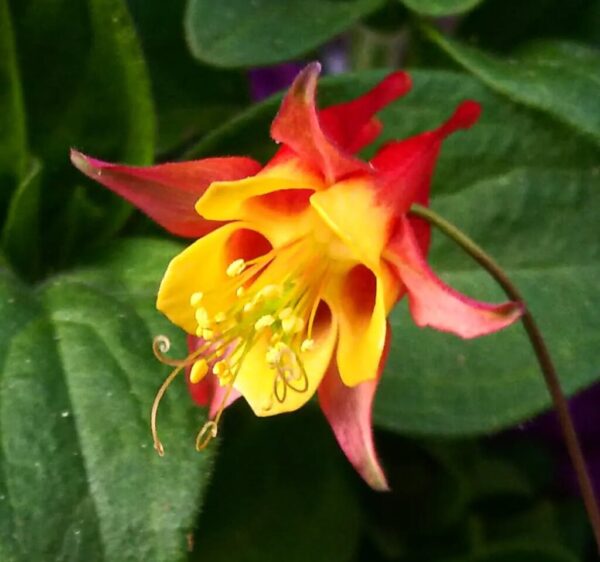
1. What is a Columbine Flower?
Columbine (Aquilegia) is a perennial wildflower that is prized for its diverse variety of colours and distinctive spurred petals. Native to woodlands and meadows, this flower blooms in spring and early summer, adding an elegant touch to gardens. It’s especially loved for attracting hummingbirds and butterflies with its sweet nectar.
2. Types and Varieties of Columbine
There are over 70 species of columbine, with hybrids offering striking colour combinations. Popular varieties include ‘Songbird’, ‘Origami’, and ‘Blue Star’. Each has slightly different bloom shapes, heights, and hardiness levels, making them perfect for diverse garden designs and planting zones. Select cultivars that are appropriate for the climate in your area.
3. Ideal Growing Conditions
Columbine may withstand full sun in colder climates, but it prefers well-drained soil with some shade. It prefers slightly acidic to neutral pH soil. Good air circulation and light shade help prevent disease and mimic its natural woodland habitat, setting the stage for healthy, vibrant growth.
4. When and Where to Plant Columbine
Early spring or fall is the best time to plant columbine. Choose a spot with dappled sunlight and moist, well-draining soil. The best places are raised beds or borders along paths that are shaded. Avoid places that are too damp because standing water can cause columbine roots to decay.
Section 2: Planting Tips for Strong Starts
5. Starting from Seeds vs. Transplants
Columbine can be grown from seed or transplants. Seeds are more affordable and offer a wider variety but take longer to bloom. Transplants are quicker to establish and flower in the first year. Choose the method that best fits your timeline and gardening style for dependable success.
6. How to Prepare Soil for Columbine
Loosen the soil 10–12 inches deep and mix in compost or well-rotted manure to improve fertility and drainage. Columbine roots like room to grow, so avoid compacted soil. Adding organic matter also boosts microbial activity, promoting root health and supporting long-term plant resilience.
7. Spacing and Depth for Optimal Growth
Plant columbine about 12–18 inches apart to ensure good airflow, which reduces the risk of fungal infections. Place the plant’s crown just above the ground. Proper spacing also helps each plant receive adequate sunlight and nutrients, resulting in fuller foliage and more prolific flowering.
8. Companion Plants That Help Columbine Thrive
Great companions for columbine include hostas, ferns, bleeding hearts, and coral bells. These shade-loving plants create a lush garden ecosystem while helping retain moisture and suppress weeds. Avoid aggressive plants that may outcompete columbine for nutrients and space in your flower beds.
Section 3: Expert Care and Maintenance Tips
9. Watering Schedule and Techniques
Throughout the growing season, water the columbine often to maintain uniformly moist but not waterlogged soil. Deep root development is promoted by deep watering once or twice a week. In especially hot weather, monitor soil moisture closely, and avoid overhead watering to reduce the risk of leaf spot and mildew.
10. How to Fertilise for Bigger Blooms
Use a balanced, slow-release fertiliser in early spring when new growth appears. A 10-10-10 formula is ideal. Avoid overfeeding, which can lead to lush foliage at the expense of flowers. A light application of compost mid-season can also help support prolonged blooming and healthier plants overall.
11. Mulching and Weed Control
Apply a 2–3 inch layer of organic mulch around your plants to retain soil moisture, regulate temperature, and prevent weeds. To prevent rot, keep mulch a few inches from the plant’s base. Natural mulches like bark or straw work well and enhance garden aesthetics.
12. How to Deadhead for Continuous Flowers
Regularly remove spent blooms to encourage more flowers and prevent unwanted self-seeding. Snip slightly above the first healthy leaf with clean, sharp pruners. Deadheading not only keeps the plant looking tidy but also redirects energy toward producing new, vibrant blooms.
13. Pruning and Trimming Basics
To encourage a second flush or get the columbine ready for dormancy, trim the foliage back to the base after it has flowered. This helps prevent disease and encourages robust regrowth next season. Always sterilise your pruning tools before and after trimming to reduce the risk of spreading infections.
Section 4: Maximising Blooms and Health
14. Preventing Common Pests and Diseases
Columbine can suffer from leaf miners, powdery mildew, and rust. Remove affected leaves promptly and encourage airflow to reduce risk. For natural pest management, use insecticidal soap or neem oil. Keeping the garden tidy and rotating plant locations also helps prevent recurring issues.
15. Natural Remedies for Common Issues
To fight mildew, make your own solution with water, baking soda, and a bit of dish soap. For leaf miners, crush the tunnels between your fingers or cut away infested leaves. Introducing beneficial insects like ladybirds or lacewings can help control aphid populations naturally and effectively.
16. Attracting Pollinators Like Hummingbirds
Columbine’s unique flower shape and bright colours naturally attract pollinators. Choose red, orange, or purple varieties to draw in hummingbirds and bees. Avoid using pesticides during bloom time, as they can harm these vital garden visitors. Pollinator activity is increased when there is a nearby water supply.
17. Best Times to Harvest Seeds
Let some blossoms dry on the stem and reach full maturity. After the seed pods crack and become brown, gather the seeds and keep them somewhere dry and cool. Harvesting at the right time ensures viable seeds for next year and helps you expand your columbine collection.
Section 5: Seasonal and Long-Term Tips
18. Overwintering Your Columbine Plants
Columbine is hardy but benefits from a protective mulch layer in colder zones. After trimming back foliage in fall, cover the root zone with straw or leaf mulch. This helps insulate the roots during freezing temperatures and ensures a strong comeback when spring returns.
19. How to Divide and Propagate for More Plants
Divide mature plants every 3–4 years in early spring or fall to rejuvenate growth and prevent overcrowding. Use a sharp spade to split the root ball and replant divisions immediately. Water well afterward. You can also collect seeds to propagate more varieties across your garden.
20. Encouraging Self-Seeding for Yearly Blooms
Because columbine self-seeds so readily, it maintains its naturalised appearance year after year. Let a few flowers go to seed, and allow them to scatter freely. Thin seedlings in early spring if they become too dense. This low-maintenance approach adds a charming wildflower feel to your landscape.
With these 20 expert tips, growing stunning columbine flowers becomes a rewarding experience for any gardener. From choosing the right variety to mastering care and propagation, each step brings you closer to a thriving garden full of colourful blooms. Try these tips this season and watch your columbine flourish!
FAQs About Columbine Flower
1. What is a Columbine Flower?
The Columbine Flower is a delicate, bell-shaped perennial known for its unique spurred petals and vibrant colors. Native to North America, the Columbine Flower thrives in partial shade and is popular among gardeners for its ability to attract hummingbirds and pollinators to the garden.
2. Where does the Columbine Flower grow best?
The Columbine Flower grows best in well-drained soil with partial sunlight. It prefers cool climates and often flourishes in woodland settings or shaded garden areas. Ensuring the right environment helps the Columbine Flower bloom profusely and remain healthy throughout its growing season.
3. When should I plant Columbine Flower seeds?
For best development, sow columbine flower seeds in the fall or early spring.Cold stratification improves germination, making it easier for Columbine Flower seedlings to establish strong roots and develop into vigorous flowering plants by late spring or early summer.
4. How often should I water Columbine Flower plants?
The Columbine Flower requires moderate watering—about once or twice per week, depending on climate. It’s important not to overwater, as the Columbine Flower dislikes soggy soil. A layer of mulch can help retain moisture while keeping the roots cool and healthy.
5. Are Columbine Flowers annual or perennial?
The Columbine Flower is a perennial, meaning it comes back year after year. Although each plant may only live a few years, the Columbine Flower self-seeds readily, allowing new plants to emerge naturally, keeping your garden full of vibrant blooms season after season.
6. Do Columbine Flowers attract pollinators?
Yes, the Columbine Flower is known to attract bees, butterflies, and especially hummingbirds. Its unique shape and vivid colors make the Columbine Flower a magnet for these beneficial pollinators, enhancing your garden’s biodiversity and helping surrounding plants thrive as well.
7. Can I grow Columbine Flower in containers?
Yes, the Columbine Flower can be grown in containers as long as they provide good drainage. Choose a deep pot and rich, well-drained soil to ensure that the Columbine Flower has enough room to develop strong roots and produce beautiful blooms.
8. How do I care for Columbine Flower in winter?
The Columbine Flower is hardy and can survive cold winters.Protecting the roots is aided by mulching the base. After the first frost, cut back the Columbine Flower stems to a few inches above the ground to help it conserve energy for the next growing season.
9. Why is my Columbine not blooming?
A Columbine may not bloom due to poor soil, lack of sunlight, or overcrowding. Make sure your Columbine is planted in a location with adequate light and nutrients. Dividing the plants every few years can also improve air circulation and boost flowering.
10. How do I propagate Columbine ?
The easiest way to propagate Columbine is through seeds. You can collect seeds from dried seed pods and sow them directly in the garden. Since the Columbine often self-seeds, it may spread naturally without any extra effort from you.
11. What pests or diseases affect Columbine ?
The Columbine is relatively pest-resistant but can sometimes suffer from leaf miners, powdery mildew, or rust. Regular inspection and prompt removal of infected foliage can help maintain a healthy Columbine bed and prevent the spread of disease to other plants.
12. Can I cut Columbine for arrangements?
Yes, the Columbine makes a charming addition to floral arrangements. Early in the morning, trim the stems and submerge them in water. The Columbine Flower’s intricate structure and range of colors add elegance and whimsy to any bouquet.
13. What colors do Columbine come in?
There are many different colours of columbine flowers, such as blue, purple, pink, red, yellow, and white.Some varieties even display bi-colored petals. This versatility makes the Columbine Flower an excellent choice for gardeners who love vibrant and diverse flowerbeds.
14. Is the Columbine deer-resistant?
Yes, because of its bitter flavour and mildly poisonous qualities, columbine flowers are typically thought to be deer-resistant.While no plant is entirely safe from hungry animals, the Columbine is typically avoided by deer and other herbivores in most areas.
15. How tall does the Columbine grow?
The Columbine usually grows to a height of 1 to 3 feet, depending on the variety. Its tall, graceful stems and nodding blossoms give the Columbine a light, airy presence that pairs beautifully with ferns, hostas, and other woodland perennials.
16. How long do Columbine bloom?
The Columbine typically blooms from late spring to early summer, lasting about 4 to 6 weeks. The flowering season can be prolonged by deadheading spent blooms. Regular care and fertilizing can ensure your Columbine continues to produce colorful flowers throughout the season.
17. Are Columbine safe for pets?
The Columbine Flower can be mildly toxic to pets if ingested. It’s best to plant the Columbine in areas less accessible to curious dogs and cats. Symptoms of ingestion may include vomiting or diarrhea, so consult your vet if exposure is suspected.
18. Can Columbine grow in full sun?
While the Columbine prefers partial shade, it can tolerate full sun in cooler climates. However, in hot regions, too much sun may cause stress. Planting your Columbine in a spot with morning sun and afternoon shade is often the best solution.
19. Should I fertilize Columbine ?
Yes, a balanced, slow-release fertiliser applied early in the spring can promote robust development and a profusion of blossoms on your columbine . Don’t fertilise too much because it can result in more foliage than blooms. Your columbine thrives all season long with proper feeding.
20. Can Columbine be grown from cuttings?
The Columbine is not commonly propagated through cuttings, as it’s easier to grow from seed. However, some gardeners experiment with root division. If you try this, ensure the Columbine is mature and handle roots gently to avoid damaging the plant.

